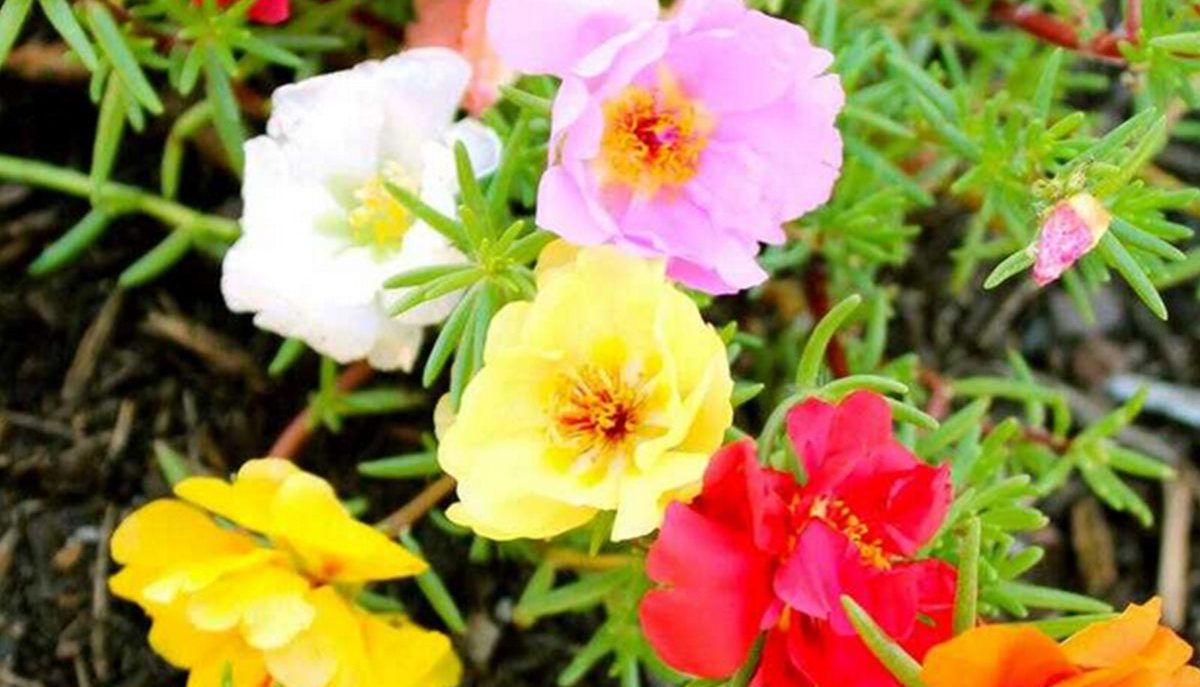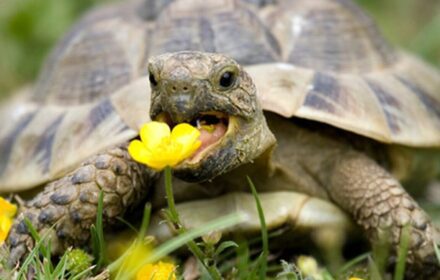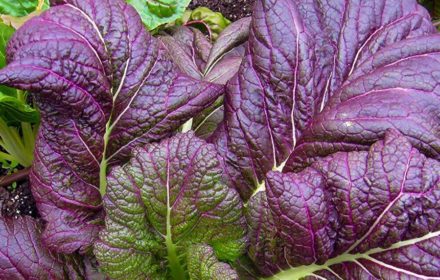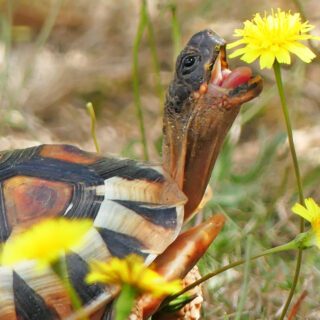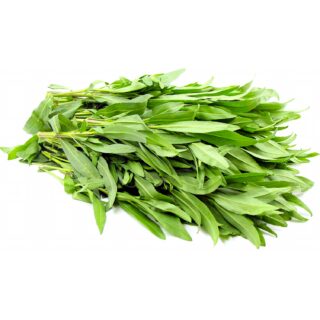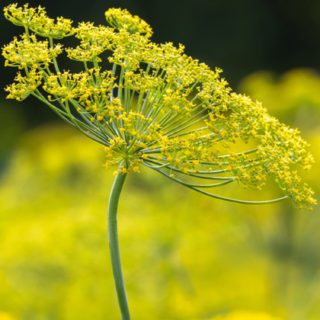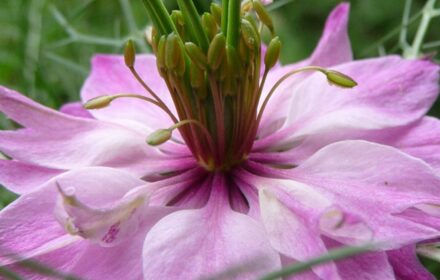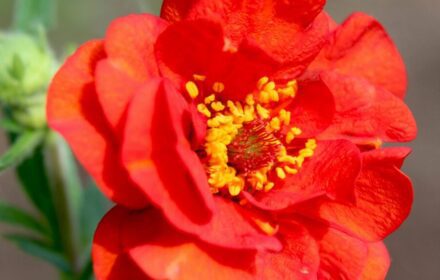How to Sow Mini Portulaca Seeds in the UK
Mini portulaca, also known as ‘moss rose’ is both a versatile edible flower and a popular ornamental plant. As a member of the purslane family, mini portulaca is not only enjoyed by gardeners but also by pollinators and even some animals. These low-growing plants produce vibrant, single-headed blooms in a variety of colours, making them perfect for garden borders, pots, and containers. Mini portulaca thrives in hot, sunny conditions, spreading naturally if left to self-seed.
When to Sow Mini Portulaca Seeds
- Indoor Sowing: Start seeds indoors from late winter to early spring (February to April) to give plants an early start in the UK climate.
- Outdoor Sowing: Sow seeds directly outdoors from late May to early June when the risk of frost has passed, and the soil is warm.
Step-by-Step Guide to Sowing Mini Portulaca Seeds
Indoor Sowing
- Prepare Containers: Use seed trays, pots, or containers filled with a fine-grade seed compost. This ensures good drainage and encourages healthy germination.
- Sow Seeds: Scatter seeds thinly over the surface of the compost. Do not cover the seeds, as they require light to germinate.
- Germination Conditions: Maintain a temperature of 18-21°C (64-70°F). Cover the containers with clear glass, polythene, or a propagator lid to retain heat and moisture.
- Watering: Keep the compost moist but not waterlogged. Mist the surface lightly if it starts to dry out.
- Germination Period: Expect seeds to germinate within 10-21 days under ideal conditions.
Outdoor Sowing
- Soil Preparation: Choose a sunny, well-drained spot in your garden. Work the soil to remove weeds and ensure it is loose and crumbly.
- Sow Seeds: Scatter seeds thinly on the soil surface. Do not cover the seeds, but press them gently into the soil for good contact.
- Watering: Water lightly after sowing and keep the area moist until germination.
Transplanting Mini Portulaca Seedlings
- Timing: When seedlings are large enough to handle and have at least two true leaves, they can be transplanted to their final location.
- Spacing: Allow 4-6 inches (10-15 cm) between plants to give them enough room to spread and bloom.
- Hardening Off: Gradually acclimatise indoor-grown seedlings to outdoor conditions by placing them outside for a few hours daily over a week before planting out.
Caring for Mini Portulaca Plants
- Sunlight: Mini portulaca thrives in full sun. Ensure the plants receive at least 6-8 hours of direct sunlight daily.
- Watering: Water sparingly, as mini portulaca is drought-tolerant. Allow the soil to dry out slightly between waterings. Overwatering can lead to root rot.
- Feeding: If grown in poor soil, a light application of balanced fertiliser can promote blooming, though these plants generally thrive without heavy feeding.
- Pruning: Deadhead spent blooms regularly to encourage continuous flowering throughout the season.
Harvesting and Using Mini Portulaca
- Edible Uses: Once flowers are fully bloomed, they can be harvested and used in salads, drinks, and baked goods. The vibrant flowers add both flavour and colour to culinary creations.
- Animal Feed: Mini portulaca can also be used as feed for some animals, providing a natural and nutritious treat.
- Self-Seeding: Allow some flowers to go to seed if you’d like them to self-sow and return the following year.
Common Questions About Growing Mini Portulaca in the UK
- Can Mini Portulaca grow in containers? Yes, mini portulaca thrives in containers, making it ideal for balconies, patios, and windowsills.
- How much water does Mini Portulaca need? This plant prefers dry conditions and requires minimal watering. Water only when the soil has completely dried out.
- Is Mini Portulaca frost-tolerant? No, mini portulaca is not frost-tolerant. It should be grown outdoors only after the risk of frost has passed.
By following these guidelines, you can successfully grow Mini Portulaca in your UK garden, adding vibrant colour and edible blooms to your outdoor or indoor space. This low-maintenance plant is a rewarding choice for gardeners of all skill levels.

